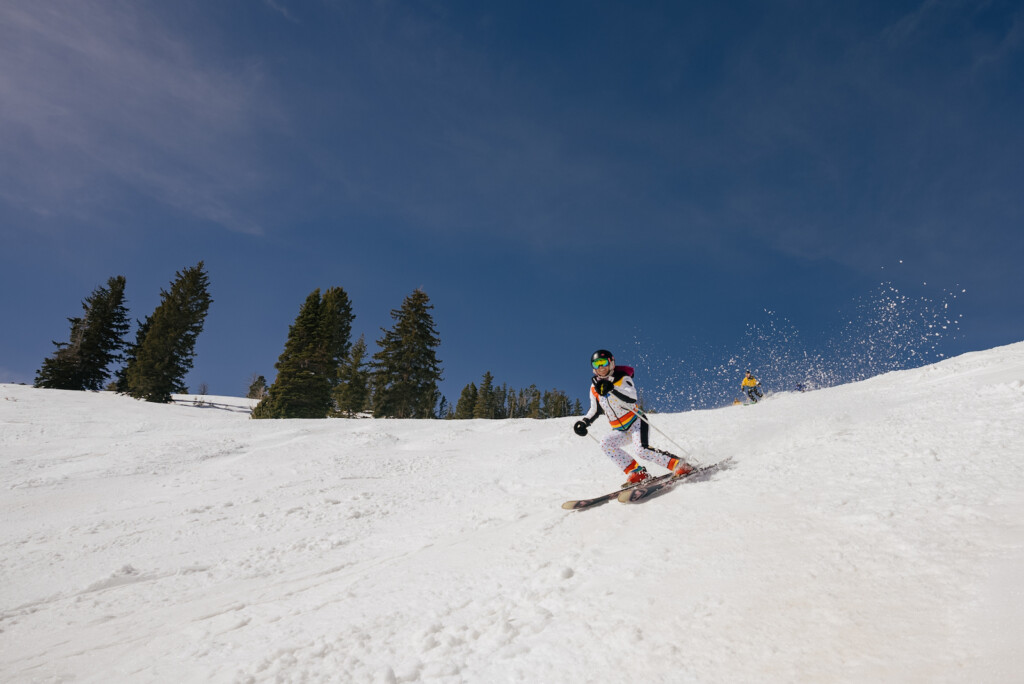
The love affair with Cottonwood Canyon began long before the Mormon Pioneers settled Salt Lake City in 1847. Fremont Indians inhabited caves along the canyon nearly a thousand years ago. Just a short ways up Little Cottonwood Canyon, Fremont pictographs can be found, depicting hunters, who took advantage of the bountiful fauna that is still present in the canyons today.
The Mormon Pioneers gathered in Salt Lake City and used The Cottonwood Canyons for water, irrigation, timber, stone, grazing lands and recreational activities. The forest and natural springs were soon transformed into timber mills and mining camps. It didn’t take long for the settlers to realize that the trees helped preserve their clean water; the deforestation and mining led to dirty, undrinkable water. Salt Lake City and the Forest Services came together to begin a sanctuary of saplings. Millions of trees thrive in the Cottonwood Canyons today, while Forest Services continue to improve the purity and health of our local watersheds. This now clean water from Big Cottonwood Canyon provides over a third of the city’s drinking water.
While some claim that Disneyland is “The Happiest Place on Earth”, Utahns may argue that The Cottonwood Canyons holds that title. Cottonwood Canyon is home to skiers, mountain climbers, hunters, hikers, mountain bikers, explorers, adventurers and more. The canyons are home to countless hiking trails, several ski resorts, campgrounds, hunting property and an abundance of wildlife.

The Cottonwood Canyons are well known for the Alta, Brighton, Snowbird, and Solitude resorts, which are acclaimed all over the world. Skiing in Utah brings in over a whopping 1.29 billion dollars in revenue, and a massive chunk of that is from the resorts of The Cottonwood Canyons. These resorts receive around an average of 550 inches of snow per season. The natural thrill seeking skiers and snowboarders can’t wait to get their skis and boards onto the fresh powder that the Utah winter’s promise each year.
Big Cottonwood Canyon provide a massive amount of breathtaking (literally) hiking trails, a few of which include Secret Lake, Lake Blanch, Circle All Peak, and countless others. These trails ensure trails bordered by beautiful flowers, stunning views and serene wildlife.
Little Cottonwood Canyon offers 1,295 different climbs for mountain climbers. These climbs are adorned with mostly white granite, which offers a multitude of different holds.
The massive amounts of visitors that The Cottonwood Canyons have attracted over the years, and throughout every season of the year has started conversations of putting in a tram. This alternate form of transportation, which would be used for getting up and down the canyon would help to avoid massive amounts of traffic, as well as traffic hazards.

The recreational activities offered in Big and Little Cottonwood Canyon, with its optimal location, scenic views, epic experiences and world-class sports are superior to many other mountainous adventures. These out-of-this-world adventures found simply in Salt Lake’s backyard will surely bring lasting memories and unforgettable experiences.





